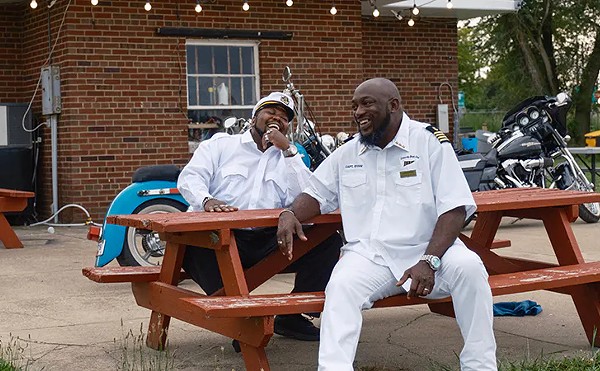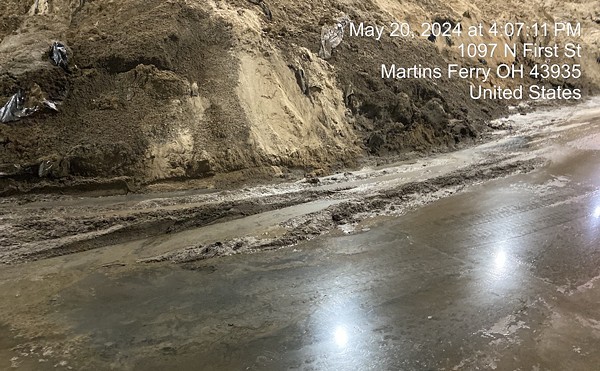A local biologist has helped discover a surprising variety of life in an enormous lake buried two miles below Antarctica.
Dr. Scott Rogers from Bowling Green State University recently led an analysis of ice cores obtained from the basin of Lake Vostok which were extracted by Russian scientists in 2012.
Rogers' research revealed DNA from an estimated 3,507 organisms, the majority of which are bacteria.
That's a whole lot of life, especially condsidering it was found in an environment that's been covered in ice for more than 15 million years.
"It really shows the tenacity of life, and how organisms can survive in places where a couple dozen years ago we thought nothing could survive," Rogers said.
Among the bacteria that Rogers' study uncovered were those commonly found in the digestive systems of fish, crustaceans, and annelid worms.
While the findings are pretty darn cool, they do raise more questions than answers. The whopper question is, of course, What else is living down there?
Rogers and his team are planning to keep on studying to find out.














